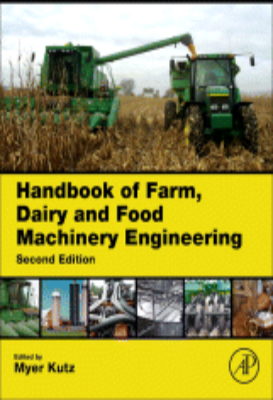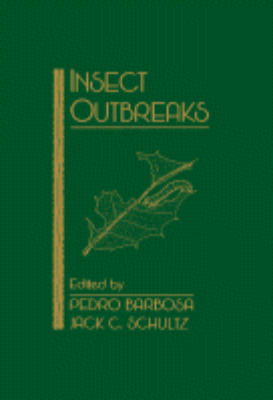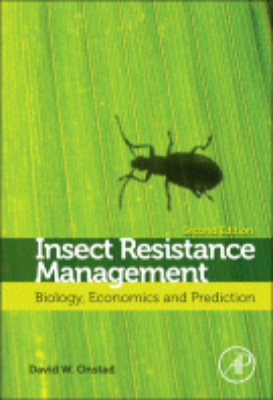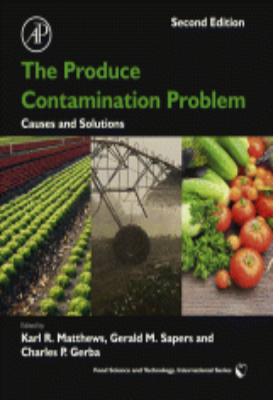Farm Animal Surgery
“This is the only resource of its kind that provides practical field-tested surgical procedures for farm animals. Many procedures can safely be performed in the field as standing surgery using portable chutes that help keep the animals immobilized. Coverage includes key information on patient preparation, anesthesia concerns, fluid therapy, imaging options, and postoperative management. Key Features. This is the only book covering surgery of all these species of farm animals: cattle, goats, sheep, and swine. More than 500 figures clearly illustrate common disorders, techniques, and equipment for large animal surgery. Step-by-step surgical guidelines cover various procedures for each species by body system. Up-to-date, practical information on key surgical techniques and equipment. Uniquely qualified authors and contributors are experts in the field of large animal surgery”
| Publication Language |
English |
|---|---|
| Publication Access Type |
Premium |
| Publication Author |
* |
| Publisher |
Elsevier |
| Publication Year |
* |
| Publication Type |
ebooks |
| ISBN/ISSN |
* |
| Publication Category |
Animal Science |
Kindly Login to ICAR Digital Library Portal.











